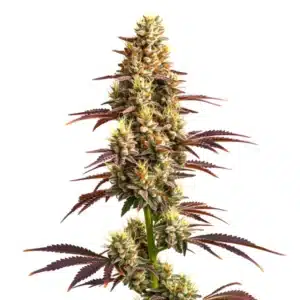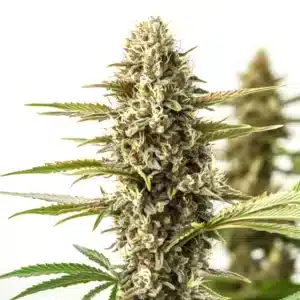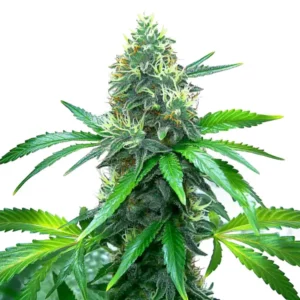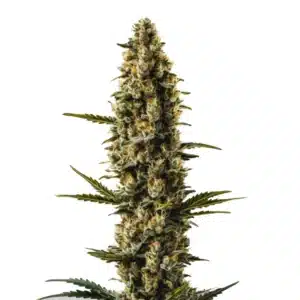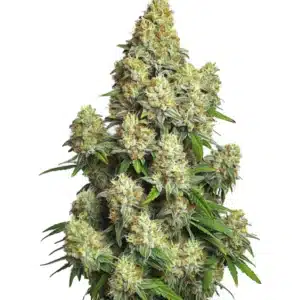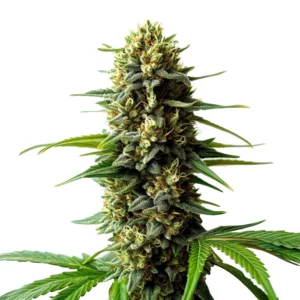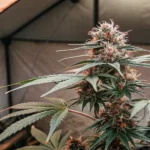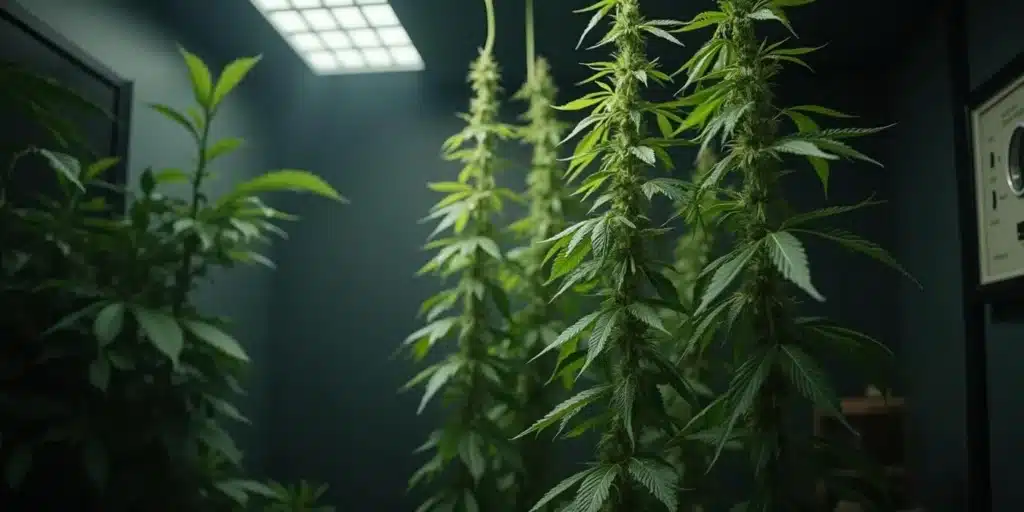
Autoflower Week 8: Essential Tips for Growers
Growing autoflowering cannabis can be an exciting and fulfilling journey, especially as you approach the crucial stages of development. By week 8, many growers eagerly await those final signs that show their plants are preparing for harvest. While it’s an exciting time, this stage also comes with important considerations to ensure you maximize your yield.
What to Expect During Week 8
By the time your autoflower reaches week 8, you may notice significant changes. Depending on the strain, bud development should be growing nicely. Your plants may continue to grow, but they are also getting ready for the conclusion of the flowering stage. Here are some specific aspects to keep an eye on as you navigate this pivotal week:
Recommended Strains
Super Boof
|
|
THC | 25% - 28% (High) |
|
|
Type | Feminized |
|
|
Yield | Low |
|
|
Phenotype | 60% Indica / 40% Sativa |
Super Boof Auto
|
|
THC | 25% - 28% (High) |
|
|
Type | Autoflowering |
|
|
Yield | Low |
|
|
Phenotype | 60% Indica / 40% Sativa |
- Buds Development: Buds will have become more pronounced, and you’ll likely see them swelling in size. This is a clear sign that your plant is gearing up for the final push of growth.
- Trichome Color: One of the vital tasks is to monitor the trichomes closely. They begin transitioning from clear to cloudy, and if you wait a tad longer, you might see some amber hues as well. This color change is crucial as it indicates the potency of the buds.
- Leaf Quality: It’s common for leaves, particularly the lower ones, to show signs of yellowing. This is a natural process as plants direct their energy towards bud production.
It’s crucial to understand that these changes can differ widely based on the strain you’re cultivating. Popular autoflower strains to consider might include:
- Amnesia Haze Autoflower: This strain is famous for its headache-relieving effects and high THC content. Typically, week 8 will feature lush bud formations that are visually stunning.
- Northern Lights Autoflower: Known for its balanced effects and unique flavor profile, this strain shines for both novice and experienced growers alike.
- Blueberry Autoflower: Recognized for its colorful buds and delightful berry flavors, this strain usually offers a wonderful aroma during this stage.
Remember, every strain has its unique characteristics, so take the time to observe and adapt your growing techniques to suit their needs. The specifics of your chosen strain can make a world of difference in how you approach week 8.
Promos & Deals
Common Nutritional Needs in Week 8
As autoflowers approach the end of their growth cycle, their nutritional requirements become different. It’s imperative not to overlook nutrient levels, as they directly impact both the quality of your buds and your final yield.
Adjusting Nutrient Ratios
During week 8, your plants require an increase in phosphorus and potassium while needing less nitrogen. Phosphorus plays a key role in bud development, while potassium helps improve overall plant health. Here are some helpful tips for feeding:
- Reduce nitrogen levels to discourage excessive leaf development at the cost of bud formation.
- Increase phosphorus and potassium to enable a strong finish on your lovely buds.
- Opt for a high-quality bloom fertilizer that meets your autoflower’s needs during this critical phase.
Be vigilant and observe how your plants respond to nutrient adjustments. Minor tweaks may sometimes be necessary to prevent nutrient burn, which can occur if your plants take in too much fertilizer. Monitoring their reactions closely can prevent any unwanted setbacks.
Watering Considerations
Your watering practices are equally critical in week 8. While overwatering can lead to root rot, underwatering can stunt growth and reduce the overall quality of your plants. Here’s what to keep in mind:
- Always check the top inch of the soil. If it feels dry to the touch, it’s time to give your plants a drink.
- Avoid allowing your plant to sit in stagnant water; proper drainage in pots is a must.
- As you enter this stage, consider watering less frequently but in larger quantities to encourage deep root growth.
Finding the right balance in watering is essential to nurturing your plants. Pay attention to their needs and adjust your watering schedule accordingly for optimal results.
Defoliation: Is It Necessary?
As your plants mature, some growers may contemplate defoliation to enhance light penetration and improve airflow. This process involves selectively removing leaves that impede light from reaching the buds. Here’s a closer look at this practice:
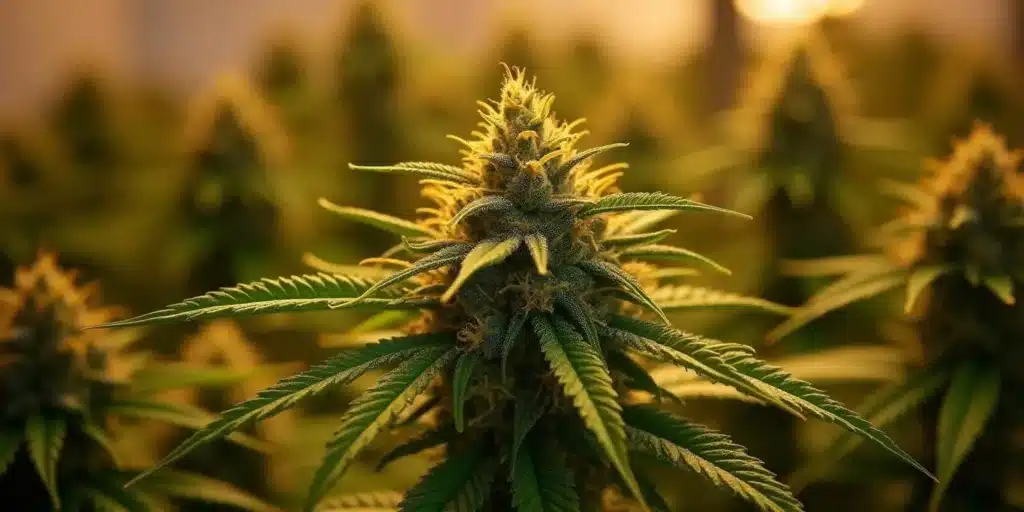
Timing for Defoliation
By week 8, many experienced growers will have already made a decision regarding defoliation. If your plants appear bushy and light is struggling to reach the lower buds, light defoliation can indeed be beneficial. Here are some important considerations:
- Remove only a few leaves at a time to avoid stressing your plants too much.
- Prioritize taking off larger fan leaves that block light access to the budding areas.
- If you decide to defoliate, do it in the early part of the week, allowing your plants time to recover before the final harvest.
Many growers find that a selective approach to defoliation can significantly enhance bud development. The delicate balance of plant health and growth can make all the difference.
When to Avoid Defoliation
While some plants may benefit from defoliation, others might thrive without it. If your plants are healthy and airflow is naturally good, you might decide it’s best to skip this step. Always carefully assess your plant’s overall health before making any defoliation decisions.
Avoiding unnecessary stress during this crucial week can ensure your plants remain vibrant and ready for harvest. When your plants show signs of thriving, it may be best to let nature run its course.
Pest and Disease Management
Keeping a vigilant eye out for pests and diseases is critical during week 8. Your plants can be particularly vulnerable during the flowering phase, and a minor issue can escalate rapidly.
Identifying Pests
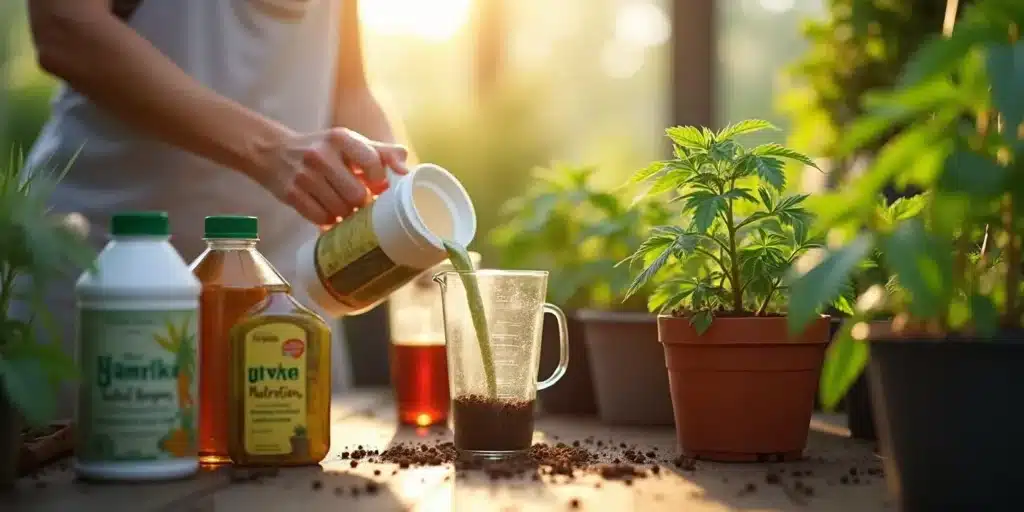
Common intruders include spider mites, aphids, and fungus gnats. Signs of pest infestations involve webbing, holes in leaves, or the presence of visible insects. Here are some practical strategies to tackle pests:
- Make it a routine to inspect your plants regularly for any signs of pests or disease.
- If necessary, apply organic pesticides, ensuring they are safe for use during the flowering phase.
- Maintain cleanliness in your growing area to minimize the risk of pest invasions.
By staying on top of pest management, you’re not only protecting your plants’ health, but you’re also investing in a successful harvest. The little efforts you put in today will yield greater rewards in the future!
Preventing Disease
Preventing fungal issues, such as powdery mildew, is equally important. Aim to foster good airflow and avoid overcrowding. Here are some practices to implement:
- Ensure proper ventilation; fans can be a great ally in achieving this.
- Keep humidity levels under control, ideally below 50% during flowering, to mitigate mold growth.
- If signs of infection appear, consider using fungicides approved for use during this growth phase.
Establishing a healthy growing environment is vital for preventing diseases and ensuring your plants can thrive. Consistent attention to detail will lead to healthier plants and, ultimately, a more bountiful harvest.
Preparing for Harvest
As week 8 unfolds, it’s time to start thinking about how you’ll approach the all-important harvest. This stage can be just as significant as the growth phase itself, and preparing properly can lead to a rewarding experience.
The Right Time to Harvest
Harvesting hinges on timing, which is critical for maximizing both potency and flavor. Keep a close eye on those trichomes! When you find that most are cloudy with a few amber ones, it’s a good sign that it’s time to cut down your plants. Here are some key reminders:
- Using a magnifying glass can help give you a clear view of the trichome color.
- Lab analysis is available if you want precise information about THC and CBD levels.
- Decide the kind of high you prefer: for a more cerebral effect, harvest earlier when trichomes are mostly cloudy; for a more relaxing effect, wait for additional amber.
Understanding the effects each stage of harvesting can deliver helps you tailor your approach to suit your preferences. Each decision can impact the end product significantly.
Post-Harvest Considerations
After the harvest, it’s essential to select an effective drying method. Slow drying in a controlled environment allows the flavors to fully develop and ensures quality. Here are some steps for your post-harvest process:
- Hang branches upside down in a dark room with good ventilation.
- Maintain humidity levels around 50% to deter mold growth.
- Store your dried buds in airtight containers, keeping them away from light to preserve quality.
Paying attention to the post-harvest process is just as important as the growing phase. A successful end to your cannabis cultivation journey hinges on proper handling and drying techniques.

Frequently Asked Questions
What signs indicate my autoflower is ready for harvest?
The most reliable indicators are trichome color, bud size, and overall plant health. If you observe mainly cloudy trichomes with a few amber ones, it’s likely time to harvest. The weight of the buds and their general appearance also serve as solid signals.
Should I adjust my light schedule in week 8?
Generally, autoflowering plants thrive best under a consistent light schedule. Most growers find that an 18/6 cycle works well throughout the entire growing process, including week 8. Avoid changing it during the final stages unless it’s absolutely necessary.
How can I increase the yield during week 8?
To boost your yield, focus on providing proper nutrition, ensuring adequate watering, and maintaining good airflow and light penetration. Simple techniques such as low-stress training can also be beneficial, helping your plant yield more without introducing stress during this critical phase.
What should I do if I notice leaf yellowing in week 8?
Yellowing can be a common occurrence as plants redirect their energy into bud development. However, it’s important to ensure that your plant isn’t suffering from nutrient deficiencies or issues related to overwatering. Assess your feeding regimen and make adjustments if needed.
In conclusion, week 8 of autoflower cultivation is an exhilarating time packed with crucial decisions. By maintaining a careful approach and adapting your strategies based on the unique needs of your plants, you can ensure a successful harvest and an enjoyable experience along the way. Happy growing!



